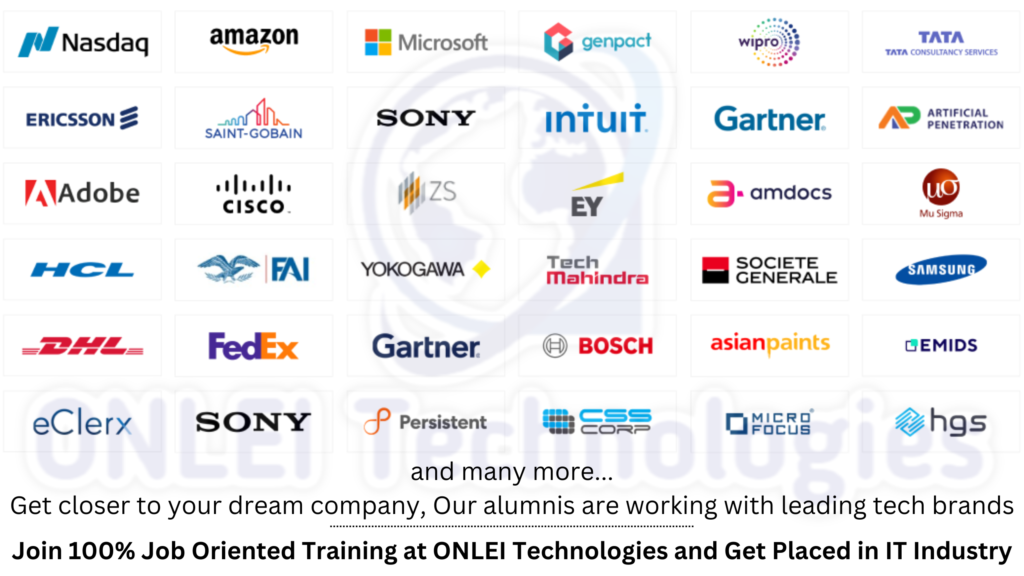Breaking into the field of Data Science can feel overwhelming. With buzzwords like machine learning, big data, AI, and predictive analytics flying around, freshers and career-changers often wonder:
“How do I actually crack my first data science interview?”
The good news is – you don’t need a Ph.D. or years of experience to get started. What you do need is the right strategy, strong fundamentals, and smart preparation.
Here’s a comprehensive guide to help you prepare, practice, and land your first role as a Data Scientist or Data Analyst.

1. Master the Core Concepts First
Before you think about interviews, ensure you’re confident in:
- Statistics & Probability – hypothesis testing, distributions, p-values
- Python or R – especially NumPy, Pandas, Matplotlib, Seaborn
- SQL – writing complex queries, joins, subqueries, aggregations
- Data Wrangling – cleaning, transforming, and analyzing data
- Machine Learning – basics of supervised and unsupervised learning, model evaluation metrics
Tip: If you need structured learning, platforms like ONLEI Technologies offer industry-relevant Data Science courses with live doubt support and real-world projects. They’re beginner-friendly and flexible.
2. Build 2-3 Strong Projects
Interviewers want to see how you apply concepts – not just theory.
Pick real-world datasets and try:
- Prediction Projects – e.g., house price prediction, loan default
- Classification – spam detection, customer churn
- EDA (Exploratory Data Analysis) – storytelling using data visualizations
- Capstone Projects – end-to-end workflows with data cleaning, model building, and result interpretation
Pro Tip: Always prepare to explain why you chose a particular model, how you handled missing data, and what you’d improve.
3. Prepare for These Interview Rounds
Most Data Science interviews follow this structure:
1. Technical Screening (MCQs/Online Test)
- Python & SQL coding challenges
- Data structure and logic questions
2. Case Studies or Problem Solving
- Given a scenario (e.g., reducing customer churn), explain your approach using data.
3. Machine Learning Questions
- Bias-variance tradeoff
- Overfitting/underfitting
- Model selection and evaluation metrics
4. Project Discussion
- Deep dive into your portfolio projects
5. Behavioral/HR Round
- Why Data Science?
- Explain a time you solved a problem using data
- How do you keep learning new tools?
4. Practice Mock Interviews
Don’t go unprepared into your first real interview. Practice:
- With peers or mentors
- Using platforms like Pramp or Interviewing.io
- With trainers from institutions like ONLEI Technologies, where mock interviews and project guidance are part of the training
5. Resume, GitHub & LinkedIn – Make Them Count
- Highlight skills, tools, and projects (not just courses)
- Upload clean, well-documented code on GitHub
- Add certifications from platforms like ONLEI
- Post content regularly to showcase your learning journey
A strong digital footprint shows you’re serious and consistent — and that matters a lot to recruiters.
Final Words: Confidence is Key
The journey to your first Data Science job isn’t about being perfect — it’s about being prepared, practical, and persistent.
With a learning mindset, smart guidance from mentors or institutions like ONLEI Technologies, and solid project work, you absolutely can crack your first interview and start your career in Data Science.

